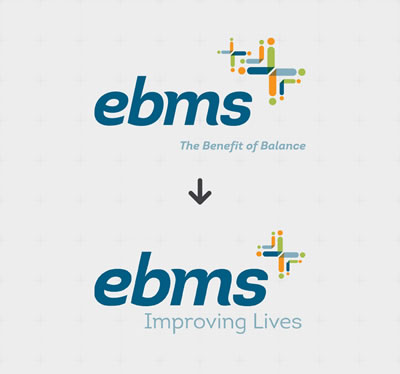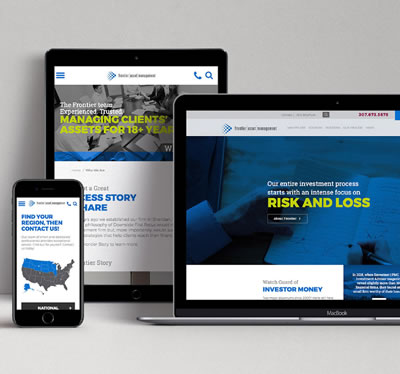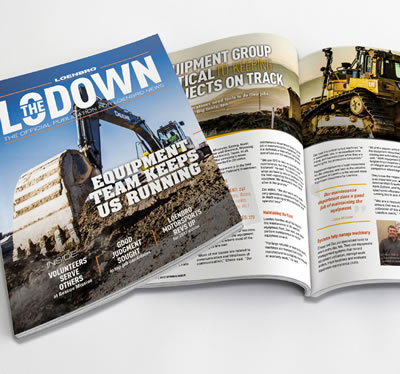SEO Services

SEO Matters for Montana Businesses
Montana’s unique blend of urban hubs and rural communities creates opportunities and challenges for local businesses. Whether you’re a local boutique in Bozeman or a large enterprise in Billings, our tailored SEO services are designed to help you rank higher, attract customers and grow your business in Montana and beyond.
With years of experience and a proven track record, Kinetic Marketing and Creative specializes in helping Montana businesses succeed in the digital world. Our proven SEO strategies ensure your brand stands out, ranks higher and attracts the right audience.
Not sure where your business stands?
Get Your Free SEO Report!Comprehensive SEO Services for Your Business
The average consumer now has access to more information than ever before, and they are using that information to make purchasing decisions. More and more people take that extra step of researching online for answers and ideas before making a purchase. This makes it more important than ever to have your customers’ online journey mapped out before they take it. Don’t leave that journey to chance.
Kinetic brings the tools and experience to simplify your digital marketing while improving results. Get focused on your goals and set yourself up for success with digital marketing that is data-driven and built on tested strategy.
See how strategy can turn into reality with our SEO case studies.

Why Choose Kinetic Marketing for SEO services in Montana?
Kinetic Marketing specializes in SEO and GEO strategies designed for Montana businesses, helping them thrive in both urban hubs and rural communities. With a proven track record of success across various industries, we understand the unique challenges and opportunities of marketing. Our personalized approach ensures that every strategy is tailored to your business’s goals and audience, delivering measurable results.
With detailed, transparent reporting, we provide insights into your website’s traffic, rankings and conversions so you always know the impact of your SEO efforts.
Ready to take your Montana business to the next level? Let’s optimize your online presence today.
Kinetic Local – AI-Powered Google Business Management
At Kinetic Marketing & Creative, we take your local SEO to the next level with our AI-powered Google Business Optimization service. This fully automated tool enhances your Google Business Profile (GBP) to improve search rankings and customer engagement.
— Key Features —
Automated Optimization and Content Management
We ensure your GBP is fully optimized with AI-driven updates, keyword-rich descriptions and strategic content publishing — all tailored to your business.
Reviews and Q&A Management
Our system generates responses or auto-replies to customer reviews in your preferred tone. It also anticipates and answers common customer questions to enhance engagement.
AI-Powered Google Posts and Image Optimization
We schedule and publish engaging Google Posts, transforming 5-star reviews into content. Plus, all images are automatically optimized with strategic keywords and geotags.
Seamless Local SEO Integration
Local search is crucial — over 80% of consumers rely on search engines to find businesses nearby. This tool works in tandem with our broader SEO services, like citation management, website optimization and content marketing strategies to drive measurable results.
Additional Search Optimization Services Include:
On-Page and Technical SEO
We optimize your website for both search engines and users by:
- Ensuring a fast-loading, mobile-friendly design
- Implementing keyword-rich meta tags, headers and alt text
- Fixing broken links and improving site architecture
Content Marketing for Your Business
Engaging, high-quality content is key to attracting and converting customers. We create:
- Blog posts and articles tailored to your audience
- Video marketing and infographics to boost engagement
- Seasonal content targeting unique events and holidays
Other Services
Get Started with Montana’s Leading SEO Agency!
Montana SEO Services That Drive Results
The number of SEO marketing options, what they mean, if they work, and how much they cost is overwhelming. It’s nearly impossible in today’s vast digital landscape to know where to start. Let us eliminate the noise and focus in on what you need and when you need it—we treat your business like it’s our business and can confidently say we eat our own cooking.








